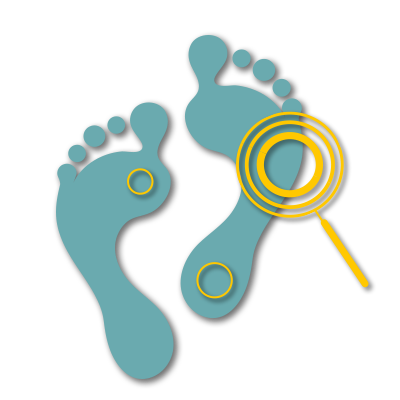
Most of us will get a verruca or wart at least once in our life, usually before the age of 20. More than one in ten people in the UK have a verruca or wart at any one time and nearly half wait at least three months before taking any action.1 This can make them painful and harder to get rid of, so identifying them and treating them promptly is key.
It can take weeks, or even months, for a verruca or wart to appear after an initial infection with a type of virus called human papilloma (HPV). This time between infection and the onset of symptoms is known as the incubation period.3
HPV is more likely to be transmitted if a sufferer’s skin is wet, soft or in contact with rough surfaces. Some children have trouble not scratching or biting warts on their hands, which can cause the warts to bleed and split, making them more contagious.
That’s why it’s important to Bazuka that verruca or wart to help stop it from spreading!
Verrucas and warts, your handy step-by-step guide.
Here’s how you can identify verrucas and warts.
Verrucas grow on your feet. They range in size from 1mm to over 1cm. They appear as flat thicker skin with a hard edge around a softer centre. They have a rough surface, and are surrounded by a thin collar of dense skin. They might also have a pepper-pot appearance. And they can appear on their own or in clusters.
Warts are similar, but mostly grow on your hands. Like verrucas they range in size. They are small rough excess growths of skin, sometimes with small black dots. These are tiny blood clots. Like verrucas they occur on their own, or in clusters.
For more information ask your pharmacist or visit bazuka.co.uk. Learn how to treat with Bazuka gels in our second handy step by step guide.